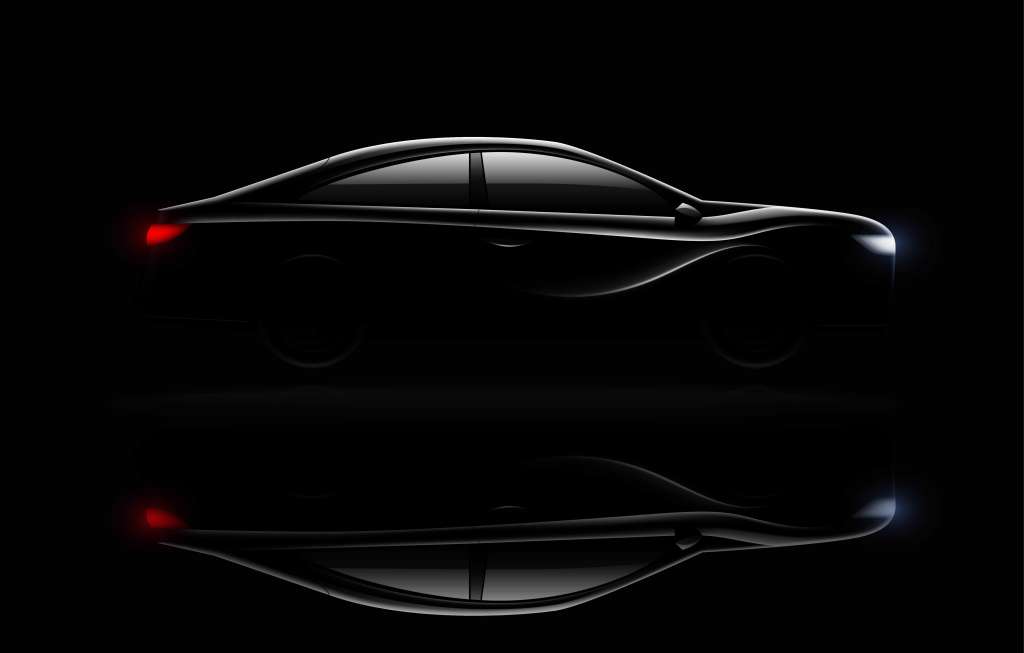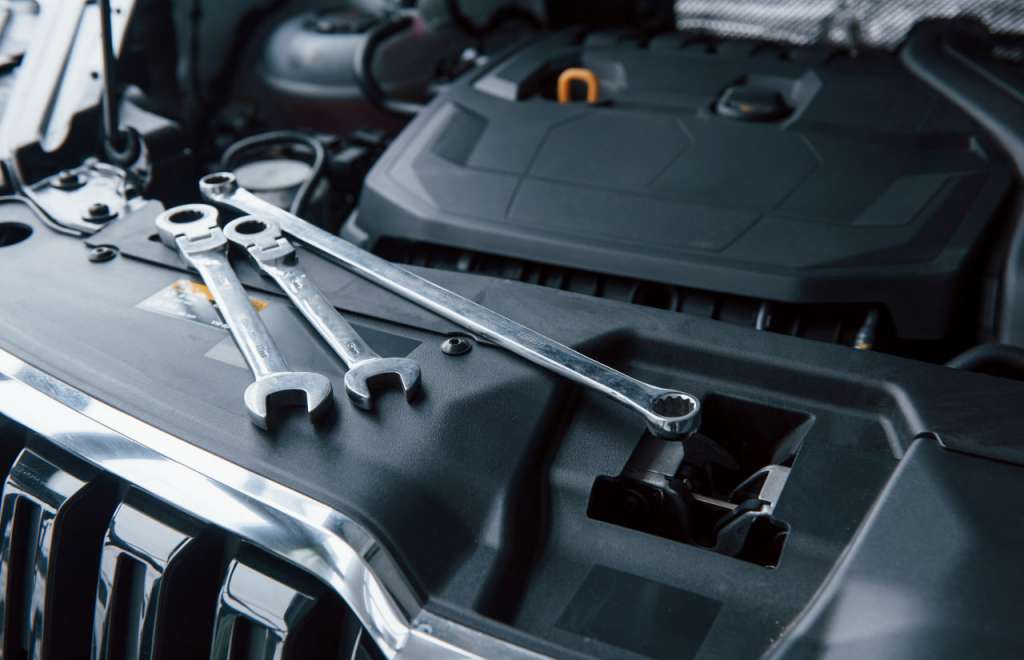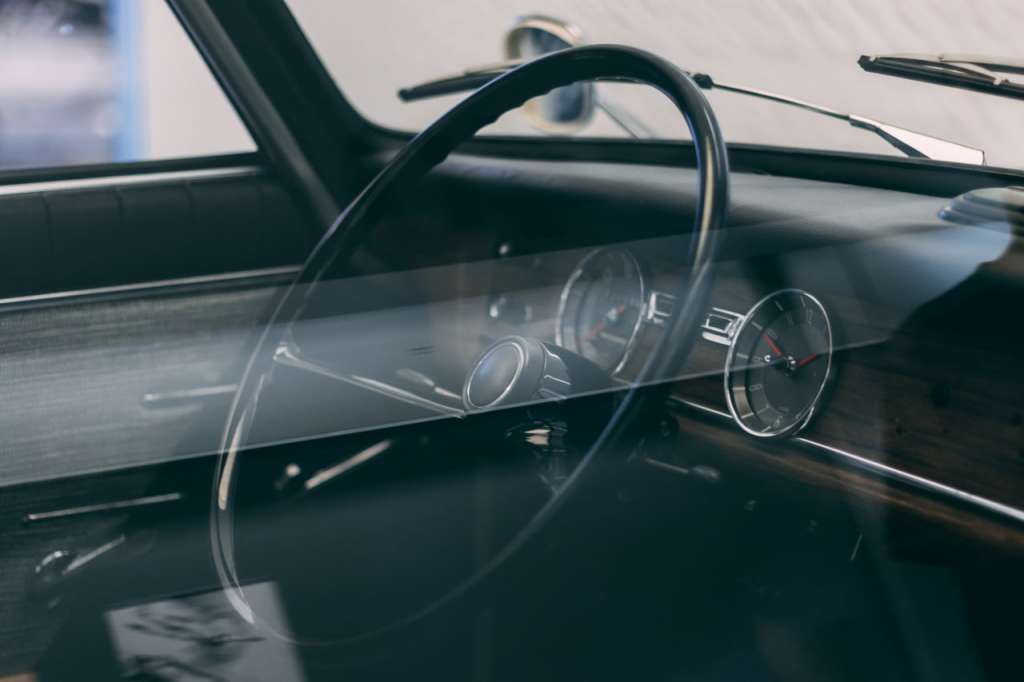The history of every car is unique, and it can be known by reading the information of its unique identifier. This is the VIN code, which is present in every car except rare retro models. The peculiarity of the code is complete information about when and where the car was manufactured, which determines possible actions for its repair and operation in general. To quickly learn this information, you need to know how to decode car vin number, regardless of its make and model.
Why do you need to know the VIN?
The information contained in the VIN allows you to quickly determine all the key features of the vehicle. If we refer to the terminology, the vin code decoding as "Vehicle identification number" – an identification number. It is strictly individual, meaning there cannot be two different cars in the world with the same identifier. IMPORTANT! Even if there are no visual or technical differences between cars, each vehicle will have its own identification number. It is precisely by this code that you can understand which exact car is being represented. Throughout its lifespan, the VIN will determine the entire history of the car's relationships with its owners, regardless of how many there are and what the status of the user is (private car owner or legal entity).
Knowing the current VIN is necessary for several reasons:
- for comparing data in documents and on spare parts, where the identifier is applied;
- for examining the vehicle for theft. If a car is wanted, its VIN information will be in the traffic police database. In case such information is found, it is better to refrain from purchasing such a vehicle;
- for establishing the entire history of the vehicle. Sometimes the current owner of the car has unfinished business regarding the transfer of ownership rights. For example, the current car owner under the guise of their vehicle tries to sell a friend's or relative's car. Information about who the real owner is will prevent lengthy legal proceedings in the future.
Considering how much useful information can be revealed by the car's code, you need to have an idea of how to read the information from the identifier. This will allow you to avoid resorting to using additional services at the stage of primary examination of the combination.
Decoding the data contained in the VIN code
To decode the VIN number of a car, you do not need to be a professional in the field of automotive mechanics. All identifiers are structurally similar, which allows car enthusiasts to study the necessary information in a couple of minutes.
The VIN includes 17 digits, and they are divided into several groups.
- The first three digits will tell you exactly where, considering the part of the world, the country, and its manufacturing plant, the vehicle was produced.
- The other 6 characters reveal information about the model of this brand.
- The last 8 characters will be useful in obtaining information about how this car differs from millions of others around the world."
Information about the geography of car production
Decode the VIN code of a car should begin with studying the first three symbols of the identifier. They can be both numerical and alphabetical. For example, if the first part contains characters from the Latin alphabet from S to Z, then this car was manufactured in Europe. For Asian vehicles, the code will start with J-R. If the car was made in America, the numbers at the beginning of the identifier will range from 1 to 6 (North America) or 8, 9 – South. Rare African cars are denoted by the symbols A-H.
Read more about how to determine the country of assembly of a car by the VIN code.
How to find out the year of production of a vehicle?
The skill of decoding the VIN code is especially useful when it is necessary to determine the exact year of manufacture of a car, which in case of document forgery, often accompanied by manipulated mileage and erased history of major accidents, can be changed to a more "recent" one. The information from the identifier allows you to determine in which year of the 21st century the car came off the assembly line. If the car is from 2001-2009, then from the 10th symbol of the identifier there will be numbers 1,2, 3, and so on, depending on the year of manufacture. For example, the 10th symbol of a car manufactured in 2001 will be "1", and for a car manufactured in 2002, it will be "2", and so on, by analogy.
IMPORTANT! This rule applies only to cars manufactured from 2001 to 2009. Later in the identifier, information about the manufacturing date is "sewn in", which is denoted by alphabetical symbols. Knowing this feature, decoding the VIN code of a car will be just as simple. The designation table for cars manufactured from 2010 to 2024 is presented below.
|
Year of manufacture of the car |
VIN name, starting from the 10th character |
|
2010 |
A |
|
2011 |
B |
|
2012 |
С |
|
2013 |
D |
|
2014 |
E |
|
2015 |
F |
|
2016 |
G |
|
2017 |
H |
|
2018 |
J |
|
2019 |
K |
|
2020 |
L |
|
2021 |
M |
|
2022 |
N |
|
2023 |
P |
|
2024 |
R |
The table is not provided randomly. Upon closer inspection, it can be observed that not all vowels of the Latin alphabet were listed as elements of the identifier. Without considering these subtleties, it would have been incorrect to determine certain code symbols, which hindered further accurate identification of information.
Does decoding the VIN number guarantee the accuracy of the vehicle information?
Of course, the code itself may not always be accurate. There are cases where car owners, wishing to conceal a history of serious accidents in the past, alter the identifier digits through mechanical manipulation. In such cases, the effects on the code will be visible where the VIN is located. This is a signal that the car's history is likely tainted, and the owner has something to hide. Document substitution may also occur, allowing the swift "conviction" of a buyer that the altered VIN is authentic.
In the case of mechanical tampering with the code, coupled with document forgery, determining the true VIN will be extremely difficult. A request will need to be made to the relevant authorities or paid services. Obtaining accurate vehicle data without contacting the authorities will be more challenging, as commercial platforms can only store information if data with the authentic VIN has been previously entered into the database.
Deciphering the identifier independently is not always entirely informative. To obtain a comprehensive and reliable report containing the complete history of the vehicle, one can resort to the services of paid providers. They will not only provide information about the VIN gathered from all possible databases and sources on the internet but also "cleanse" the vehicle's history, allowing for a fresh start in using the vehicle. As an example, the international service https://vincleaning.com/en can be recommended, which is popular among car buyers from auctions in the USA, Korea, and Canada.












